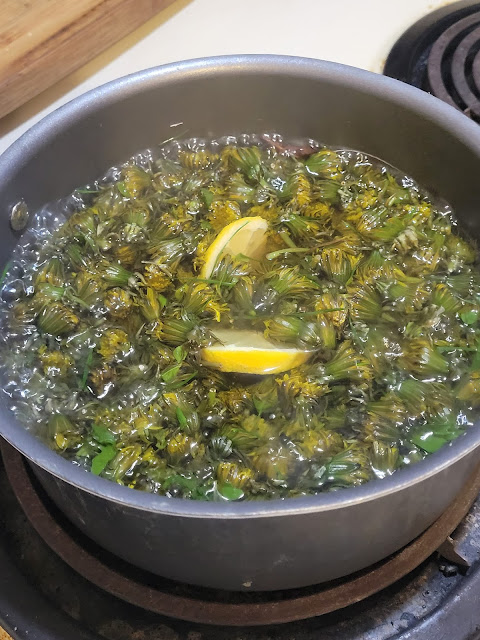Culinary Adventures: Canning Chicken Legs and Unveiling Gelatinous Stock
Embarking on a culinary adventure can lead to unexpected discoveries and a newfound appreciation for homemade creations.
In this article, we delve into the world of canning chicken legs, transforming them into delectable meat and flavorful stock. Join us as we follow one enthusiast's journey of canning chicken legs, extracting gelatinous stock, and even stumbling upon the wonders of chicken fat. Get ready to explore the process, taste the results, and unlock the potential of homemade canned chicken.
From Bones to Broth: Adventures in Canning Chicken Legs
Last week, armed with 80 lbs of chicken legs, an intrepid home cook set out on a canning adventure that would yield both succulent meat and rich stock. Let's dive into the process and the delightful surprises that awaited along the way.
1. Canning Chicken Legs:
- - Begin by removing the meat from the bones of the chicken legs. This will provide you with the base for your canned chicken.
- - Following safe canning practices, sterilize pint-sized jars and lids.
- - Pack the jars with the chicken meat, leaving some headspace.
- - Process the jars in a pressure canner according to the recommended guidelines for canning meat.
- - After the canning process, allow the jars to cool and check for proper seals.
- - The result: 32 pints of tender and flavorful canned chicken meat, ready to be enjoyed in various dishes.
2. Extracting Gelatinous Stock:
- - To make the most of the chicken bones, pressure cook them in the canner (which doubles as a cooker) at 15psi for approximately 3 hours. This extended cooking time allows for maximum extraction of flavors and nutrients.
- - Once cooked, strain the stock twice to remove any impurities. The second straining can be done through multiple layers of cheesecloth for a finer result.
- - Allow the stock to cool overnight, and you'll be greeted with a gelatinous glob of greatness – a testament to the collagen-rich goodness extracted from the bones.
- - Store the beautiful stock/broth in quart-sized containers, ready to add depth and flavor to soups, stews, and other culinary creations.
3. Discovering Chicken Fat (Schmaltz):
- - During the stock cooling process, you may notice a layer of chicken fat forming on top. Skim off this golden goodness, similar in appearance to butter.
- - This chicken fat is commonly referred to as schmaltz, a traditional cooking fat used in various cuisines.
- - Research and explore the numerous culinary uses for chicken fat, such as frying, sautéing, or adding a rich flavor to roasted vegetables and potatoes.
The journey from chicken legs to canned meat and gelatinous stock is a testament to the creativity and resourcefulness of home cooks.
By embarking on this adventure, you have not only provided yourself with an abundance of delicious canned chicken and flavorful stock, but you have also stumbled upon the wonders of chicken fat, a versatile culinary ingredient. As you savor the fruits of your canning efforts, let this experience inspire you to explore further possibilities in your kitchen. Whether it's experimenting with different recipes or discovering new ways to utilize homemade ingredients, the world of culinary exploration is vast. Embrace the joy of homemade creations and continue to unlock the potential of your culinary prowess.




















Comments
What did you do with the Chicken skin? did you cook it with the bones, or melt it down separately?
ReplyDelete